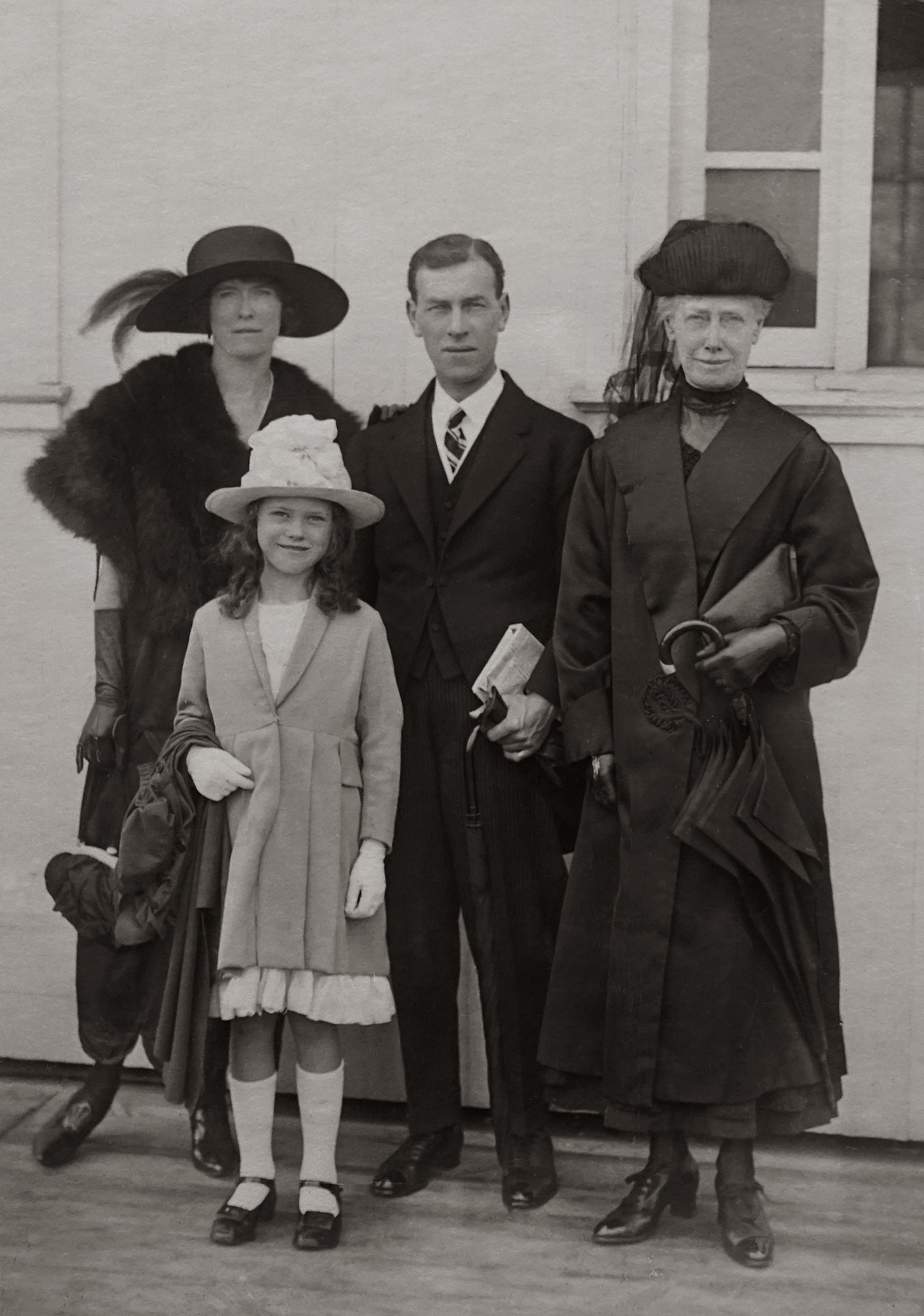
Recently, I returned to, hitherto, one of my regular activities—that of diving into one of the many boxes of family photographs, with a view to transferring them into an ordered collection of family albums.
As I insert each photo into place, I’m trying to add a note beside it of “who, what, where, and when.”
This is in preparation for handing them on to my son and daughter so that these albums become, hopefully, part of our family storytelling for future generations.
Family Storytelling is, I fear, a custom that has declined in popularity over recent years, yet it has a vital role to play in an individual’s Grief Experience after the death of a loved one.
As a Grief Specialist, I have always felt that we need to tap into and record the experiences and memories of elder family members before it’s too late.
An example of this predicament confronted me when I came across three black and white photographs of my two beloved grandmothers (“Nanna” from Newcastle upon Tyne, and “Gran” from North-East Scotland) on a charabang (that’s “bus” or “coach” for the younger generation!) holiday in Ireland in the 1950s.
They are wonderful pictures, but my problem is that I don’t know anything about it for the notes. Due to distance, they rarely met up, but corresponded regularly. How did this rare joint holiday come about? What were they doing there? Where was the rest of the family? The tragedy is that there is no one left to know the answers to those questions.
I use the above anecdotes when giving talks on the importance of the two “Rs”—Remembering and Reminiscing—in the bereaved’s Grief Experience; and I do so, in order to illustrate one of the difficult challenges facing the bereaved in the aftermath of the death of a close loved one.
Part of society’s current impatient approach to grief involves advising the bereaved to “let go,” “not dwell on it,” and “move on”—thereby, trying to convince the bereaved that talking about the deceased is somewhat unhealthy and almost mawkish.
However, in my view, this couldn’t be less helpful. Yes, the bereaved need to accept that their loved one is dead, that they will not see them again, nor hear their voice again, or even experience a comforting hug with them! This, in itself, is so hard, as the head (cognitive) may well have accepted the fact of the death, but the heart (emotional) struggles to catch up.
But, the deceased will always still be part of the bereaved’s life. Death will not prevent this. The deceased loved one will still be present—through his or her values, qualities, advice, examples, and wishes, future hopes and plans for those left behind. There will still be a relationship, though it will be in a different guise.
The next challenge for the bereaved is to “reformat” or “reestablish” their relationship with the deceased loved one. The aim is to create a “Pen Picture” of the deceased, so it can be carried in their hearts. This is where “Remembering” and “Reminiscing” come in. It is through these two “Rs” that this Pen Picture will emerge.
It will not be easy, as the most immediate memories of the deceased are, most probably, the worst—sickness, illness, distress, pain, anguish, sadness, hospitals, hospices, dying, and death. So, the bereaved will have to work hard in order to access the earlier memories of their relationship with the lost loved one. These will be happy memories, frustrating memories, difficult memories, funny memories, and quirky memories—a veritable cornucopia of family events, celebrations, activities, and experiences. These are priceless memories that form the rich tapestry of the relationship between the bereaved and the deceased.
Remembering and Reminiscing are an essential part of the individual’s Grief Experience. And, this is why family storytelling is a vital element in those two “Rs.” It keeps those memories of the deceased and all of their familial experiences alive. It passes family values, beliefs, and hopes down the generations. It can help future generations hold onto their identity and ancestry. Most importantly, it helps the bereaved reformat and reestablish their relationship with their lost loved one.
So:
>> Ask questions about those family photos, heirlooms, knick-knacks, and mementos before it’s too late.
>> Listen to the older generation when they start to tell a story or anecdote from the early part of their lives, rather than switch off and think “not again!”
>> We don’t have to let go of our deceased loved ones. They will be part of our future lives, even if it’s in a different guise.
>> “Remembering and Reminiscing” are an essential part of the bereaved’s Grief Experience!
>> And, family storytelling needs to be encouraged, for without it, the bereaved and future generations will struggle.
~
Please consider Boosting our authors’ articles in their first week to help them win Elephant’s Ecosystem so they can get paid and write more.








Read 3 comments and reply